Forget Fading Scents: The Real Secret to Potpourri That Lasts for Months
I’ve been working with dried botanicals for a long, long time. My journey didn’t start in some fancy studio, but in my grandmother’s attic, which always smelled incredible, full of drying herbs and flowers. She’s the one who taught me that real, lasting potpourri is a craft of preservation, not just a bowl of pretty things that smells nice for a week. It’s about capturing the soul of a garden and making it stick around.
In this article
So many guides out there give you these quick-fix recipes that fade in days. That’s not what we’re doing here. I’m going to walk you through the proper way, the techniques I’ve honed over years of making countless batches. We’re going to focus on blends that are not only beautiful but hold their fragrance for months, not moments. This is about understanding why things work, so you can eventually create your own signature scents.
The Science of a Scent That Stays Put
Before we dive into the fun stuff, we need a quick science lesson. It’s simple, I promise! A lovely smell comes from something called volatile organic compounds (VOCs). These are just tiny molecules that love to escape from a solid or liquid and turn into a gas. When they hit the air, they travel to our noses. The problem? It’s a one-way trip. Once all those molecules have floated away, the scent is gone for good.
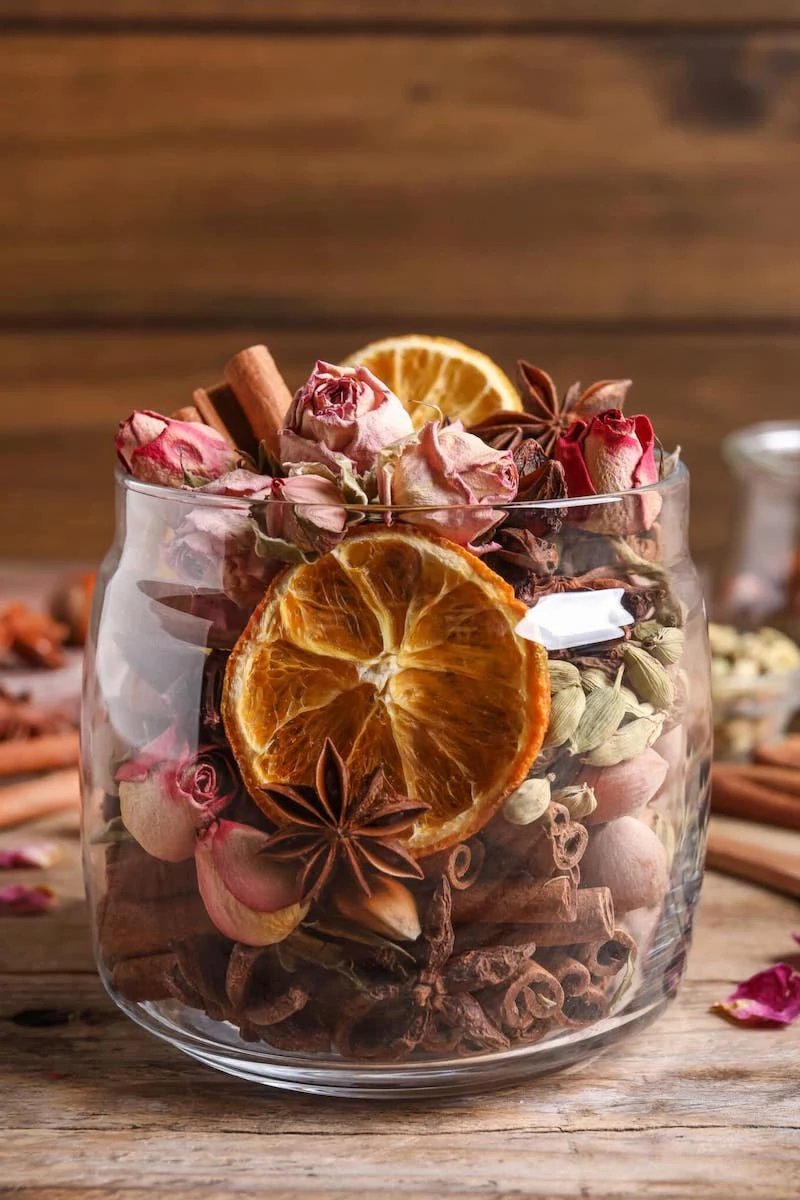
Our whole mission is to slow that process way, way down. And we do it with two critical things: perfectly dried botanicals and a secret weapon called a fixative.
1. Bone-Dry Botanicals: Fresh plants are mostly water. Water leads to mold and decay, which, let’s be honest, smells awful and is not something you want sitting in a bowl in your living room. By getting rid of every last drop of moisture, we make the plant material stable. This preserves its shape and its own subtle, natural scent. Seriously, the number one mistake I see people make is using materials that aren’t completely dry. Even a little bit of moisture can ruin your entire project.
2. The All-Important Fixative: This is the part that most people miss, and it’s the absolute key to longevity. A fixative is a substance that grabs onto the fragrant essential oil molecules you add and doesn’t let go easily. Think of it like a sponge that slowly, slowly releases the scent over a long period. Without a fixative, those beautiful, often expensive essential oils you use will just vanish into the air in a week or two. It’s non-negotiable.
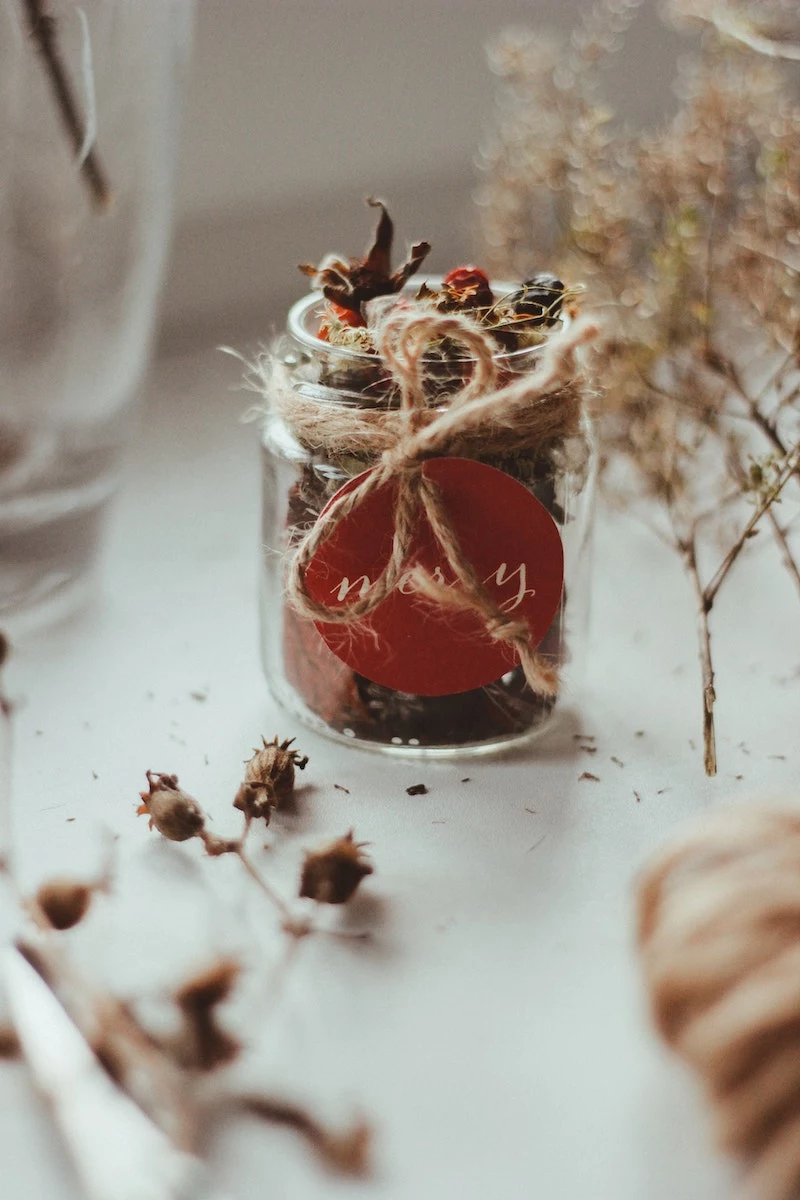
The Three Building Blocks of Any Great Blend
Every single successful potpourri blend is built on three types of ingredients. Once you get the hang of their roles, you can mix and match like a pro.
1. The Bulk: Your Visual Foundation
This is the main body of your potpourri—what you actually see. It provides the look, the texture, and a base layer of natural scent.
- For Visuals: These are your showstoppers. Think flower petals from roses, calendula, or cornflowers. A little tip from my experience: calendula holds its brilliant orange color way better than most other flowers after drying. Rose petals are classic, but try to use deeply colored ones, as they fade to a more pleasant, antique shade. Small, whole rosebuds are also a fantastic touch for structure.
- For Texture: This is what adds depth and keeps your blend from looking flat. I love using small pinecones, star anise pods, whole cloves, cinnamon sticks, and cedar shavings. These woody and spicy bits also add a ton of their own fragrance.
- For Filler: These are your budget-friendly volume-adders. Dried leaves, like eucalyptus or bay, are perfect. Wood chips or dried moss also work beautifully. Oh, and a quick note on foraging: if you gather your own materials like pinecones or twigs, make sure they’re clean. I give mine a quick scrub with a brush and some diluted vinegar water, let them dry, and then bake them on a cookie sheet at a low temp (around 200°F) for about 30 minutes to make sure they’re bug-free and completely dry.
Where do you even buy this stuff? While growing your own is amazing, it’s not practical for everyone. For high-quality dried herbs, fixatives, and essential oils, I point people to online stores like Mountain Rose Herbs or Starwest Botanicals. For bulk fillers, here’s a lesser-known trick: check the pet bedding aisle at a pet store or farm supply! You can often find big, cheap bags of cedar or aspen shavings there.
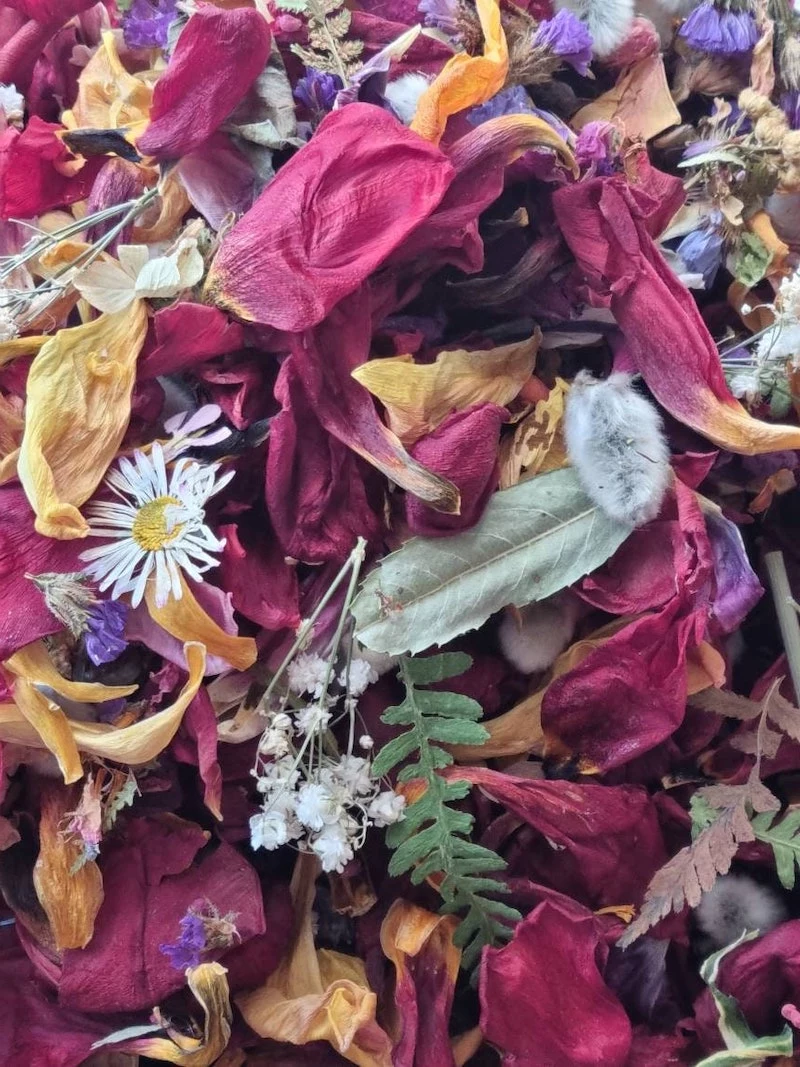
2. The Fixative: Your Scent Anchor
As we covered, you can’t skip this. But which one should you choose? They all work a bit differently. Let’s break down the most common options.
- Orris Root Powder: This is the traditional MVP of potpourri. It’s the ground-up root of an iris and has a faint, violet-like scent. It’s a powder, so it has a massive surface area for grabbing onto oils. Heads up: the fine powder can be irritating to some, so I always recommend wearing a mask when you’re mixing with it. A 4oz bag will run you about $8-$15 online and will last for many batches.
- Ground Resins (Benzoin, Frankincense): My personal favorites for any warm, spicy, or woody blends. These are hardened tree saps that, when ground, have their own rich, deep scent. They add a whole other layer of complexity and work by basically trapping the oils in their sticky particles.
- Cellulose Fiber or Ground Corn Cobs: These are modern, totally neutral options. They have zero scent, so they’re perfect when you have a very delicate floral blend and you don’t want anything competing with it. They’re super absorbent and pretty much foolproof.
Pro Tip: I never, ever add my essential oils directly to the main botanical mix. Instead, I “charge” my fixative first. I put the fixative and oils in a small glass jar, seal it, and shake it up. Then, I let it sit for at least a week. This lets the fixative get fully saturated, creating a much more stable scent foundation. My general rule of thumb is to use about 1/4 cup of fixative for every 4 to 6 cups of bulk ingredients.
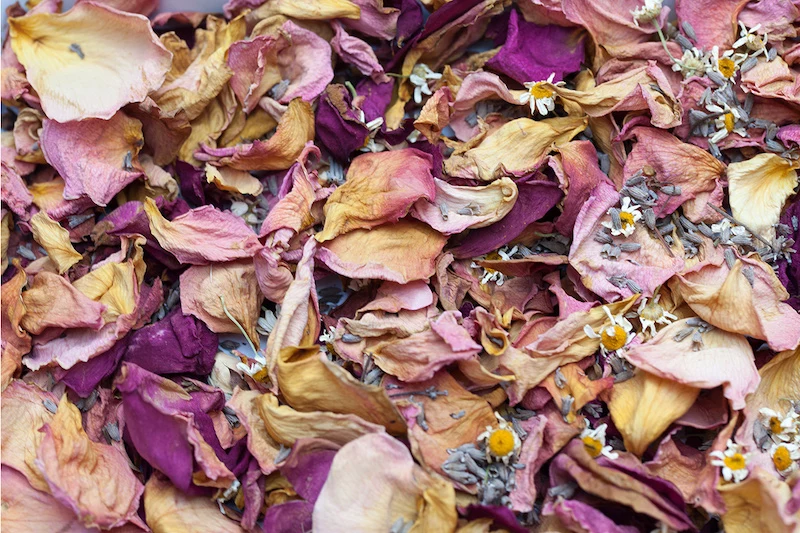
3. The Essential Oils: The Voice of Your Blend
This is where you give your potpourri its personality. I like to think about it like building a perfume, with different “notes.”
A Quick Word on Oils: Please, please use 100% pure essential oils. You’ll see cheap “fragrance oils” at craft stores, but those are synthetic. They can smell harsh and don’t have the same complexity or lasting power as the real deal. Investing in good essential oils (which can range from $5 to $20+ a bottle) makes all the difference.
- Top Notes: The first thing you smell. They’re bright and light, like orange, lemon, or bergamot. They fade the fastest.
- Middle Notes: The heart of the scent that comes through next. Think florals like lavender and rose geranium, or herbs like rosemary.
- Base Notes: The deep, heavy scents that stick around the longest. Woody oils like cedarwood and sandalwood, or resins like frankincense, are perfect base notes.
A great blend has all three! For example, a holiday blend might use Orange (top), Cinnamon (middle), and Cedarwood (base) for a scent that evolves beautifully.
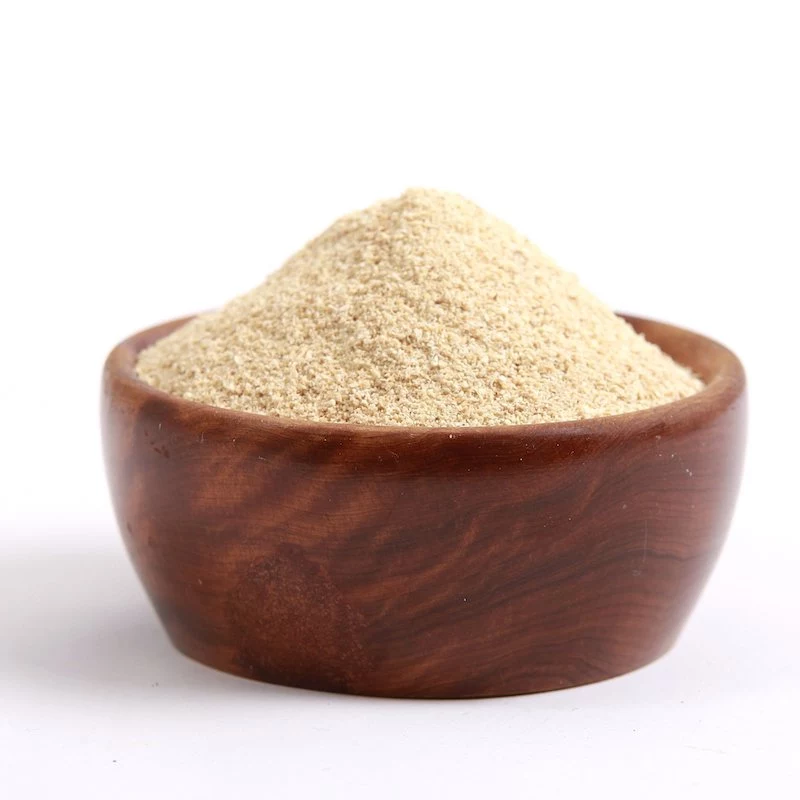
Heads Up! Essential oils are powerful. Keep them away from kids and pets. Many are toxic to animals, especially cats—oils like tea tree, pine, citrus, and cinnamon are particularly dangerous for them. Always keep your finished potpourri in a place your pets can’t get to.
The Process: How to Do It Right
Patience. That’s the secret ingredient. The best potpourri is cured over weeks, not thrown together in an afternoon.
Step 1: Get Your Materials Properly Dry
This is where everything can go wrong. If your stuff isn’t perfectly dry, you’ll get mold. I once had to toss an entire beautiful batch because I got impatient. It’s a sad lesson to learn!
- Air Drying: The old-school method. Best for dry climates. Spread flowers and leaves on a mesh screen or hang bundles of herbs upside down in a warm, dark, airy spot. It can take 1-3 weeks.
- Oven Drying: This is the fast and risky route. Use the absolute LOWEST setting on your oven (around 175°F / 80°C) and spread everything in a single layer. A batch of orange slices might take a few hours. But you cannot walk away! I once torched a gorgeous batch of lemon verbena by getting distracted for just a few minutes. Set a timer.
- Food Dehydrator: Honestly, this is the best, most reliable method. It combines low heat with constant air circulation. It’s a fantastic investment if you get serious about this hobby. It’s the only way to guarantee perfectly dried, vibrant materials every time.
Feeling impatient? Try this quick win: Dry some 1/4-inch orange slices and a few sprigs of rosemary in your oven on low for a couple of hours. Your house will smell amazing instantly, and you’ll have your very first ingredients ready for a bigger blend later. No waiting required!
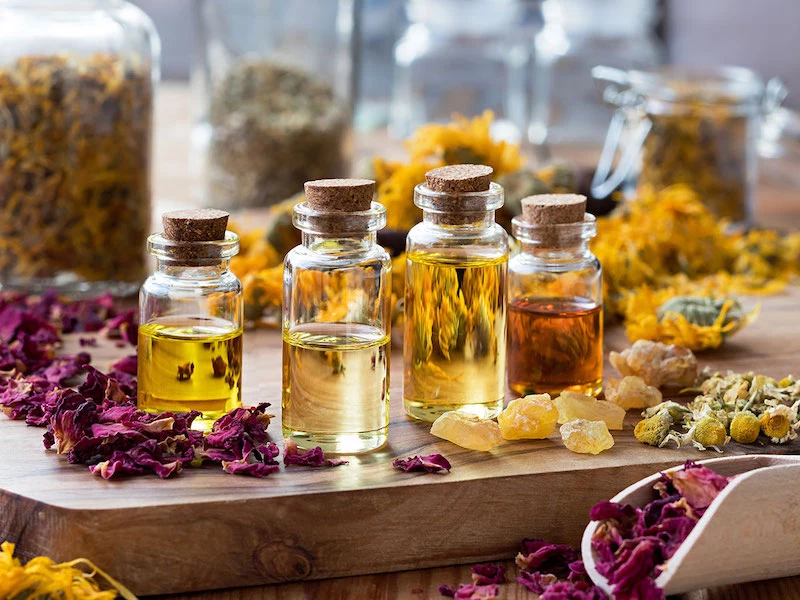
Step 2: The Curing Process (Don’t Skip This!)
This is what separates amateur potpourri from the good stuff. Curing is when all the scents meld together and stabilize for the long haul.
- Charge Your Fixative: In a small glass jar, mix your fixative (e.g., 1/4 cup orris root) with your essential oils (about 20-30 drops total). Seal, shake, and let it sit for a week.
- Combine the Goods: In a large glass or ceramic bowl (plastic absorbs smells), gently mix all your dry bulk ingredients.
- Mix it Up: Sprinkle your charged fixative over the botanicals and gently stir until everything is lightly coated. Be gentle—don’t crush your pretty flowers.
- Seal and Wait: Transfer the whole mix into a large, airtight glass container. A big mason jar or a cookie jar with a good seal is perfect. Store it in a cool, dark place, like a cupboard.
- The Magic Window: Let it cure for a minimum of four weeks. I know, it’s tough to wait! But it’s essential. Every few days, give the jar a gentle shake to redistribute everything. After 4-6 weeks, the scent will be deeper, richer, and will last so much longer.
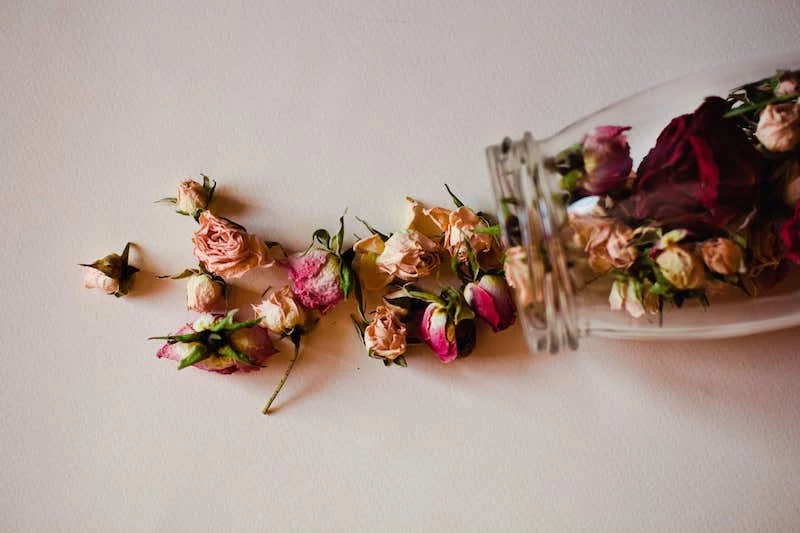
Three Tried-and-True Recipes to Get You Started
Here are a few of my go-to blends, refined over many seasons. They’re designed for beauty, complexity, and staying power.
1. Classic Holiday Hearth Blend
This smells like a cozy room with a fire roaring on a snowy day. It’s warm, spicy, and incredibly inviting.
Yield: Approx. 5 cups
- Bulk: 2 cups dried orange slices, 1 cup cedar shavings, 1/2 cup whole cloves, 10-12 cinnamon sticks, 8-10 star anise pods, a handful of small pinecones.
- Fixative: 1/4 cup ground benzoin gum.
- Oils: 15 drops Sweet Orange, 10 drops Cinnamon Leaf, 5 drops Cedarwood.
- Method: Charge the benzoin with the oils for a week. Mix with your bone-dry bulk ingredients. Cure for 4-6 weeks and display in a wooden bowl.
2. Timeless Rose Garden Blend
An elegant, classic floral. The quality of your roses really matters here.
Yield: Approx. 4-5 cups
- Bulk: 3 cups dried dark red rose petals, 1 cup whole dried rosebuds, 1 cup dried lavender buds, 1/2 cup dried lemon verbena leaves.
- Fixative: 1/4 cup orris root powder.
- Oils: 15 drops Rose Geranium, 10 drops Lavender, 3-4 drops Rose Absolute (it’s pricey, but a few drops make all the difference).
- Method: Charge the orris root. Gently mix with the delicate flowers. This one benefits from a longer cure, at least 6 weeks, to let the floral notes mature. Looks gorgeous in a glass or porcelain dish.
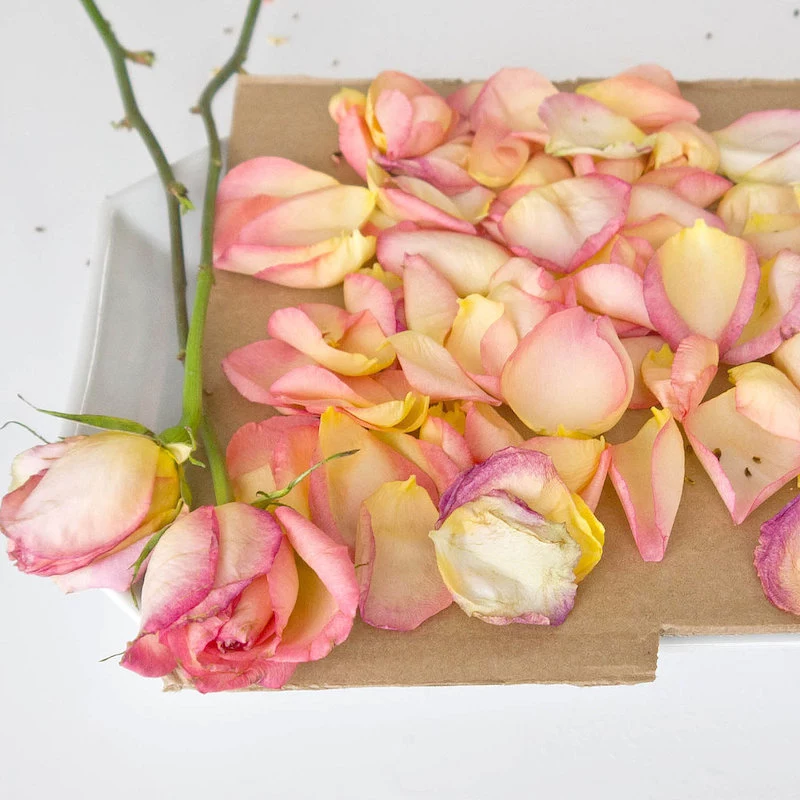
3. Fresh Woodland Walk Blend
This captures that crisp, clean scent of a forest just after it rains. It’s earthy, green, and so refreshing.
Yield: Approx. 4 cups
- Bulk: 2 cups mixed dried greens (fir needles, cedar tips), 1 cup juniper berries, 1/2 cup bay leaves, a bit of dried moss for softness.
- Fixative: 1/4 cup ground frankincense.
- Oils: 15 drops Fir Needle, 10 drops Cedarwood, 5 drops Juniper Berry.
- Method: Charge the frankincense. Combine with the very dry greens and berries. This blend gets better with a long cure time, around 6-8 weeks, to let those deep, resinous notes develop. Display it in an earthy ceramic bowl.
Troubleshooting Common Problems
- My potpourri smells musty! This is a moisture problem, 99% of the time. One of your ingredients wasn’t fully dry. Unfortunately, you have to toss the batch to be safe from mold and start over.
- The scent vanished in two weeks! You probably skipped or rushed the curing process. The 4-6 week curing time isn’t a suggestion; it’s the most important step for a lasting fragrance.
- Can I revive an old blend? Yes! If your potpourri starts to fade after a few months, put it back in its curing jar, add a few more drops of the original essential oils, and maybe a teaspoon of freshly charged fixative. Seal it up and let it re-cure for a couple of weeks.
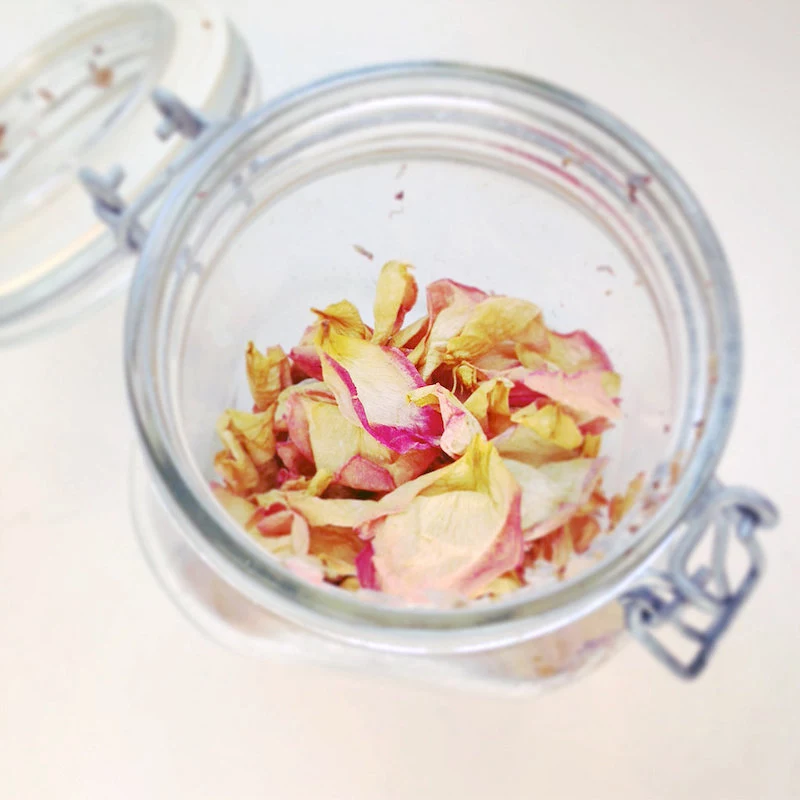
Final Thoughts from the Workshop
Making potpourri is a slow, beautiful process that connects you to the seasons. It teaches patience more than anything else. These methods are what I’ve found works best, but your own climate and taste will guide you to make your own tweaks, and that’s the best part of the craft.
Just remember to be safe, especially with essential oils around your family and pets. Start with a recipe, but don’t be afraid to experiment once you understand the basic rules. The best blend is always the one that makes you smile every time you walk into the room.
Inspirational Gallery
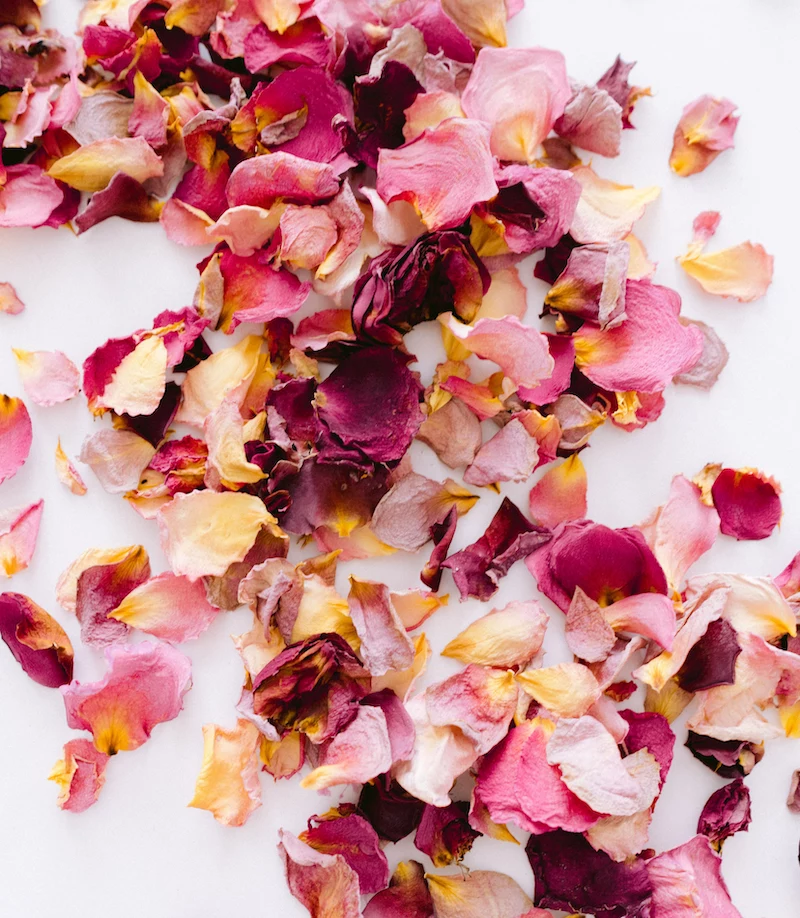
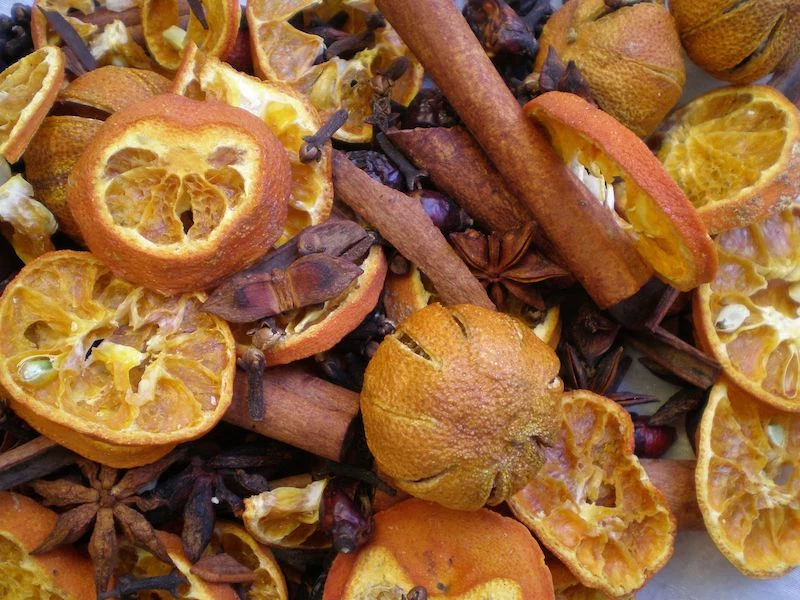
Is your potpourri’s scent finally starting to fade after a few months?
Don’t throw it out! You can easily revive it. Simply gather the mixture in a sealable bag or jar, add 5-10 drops of your original essential oil blend, and a teaspoon of your fixative (like orris root powder). Shake gently to coat everything, then seal the container and let it cure in a dark, cool place for another week. This process recharges the botanicals, giving your favorite scent a second life.
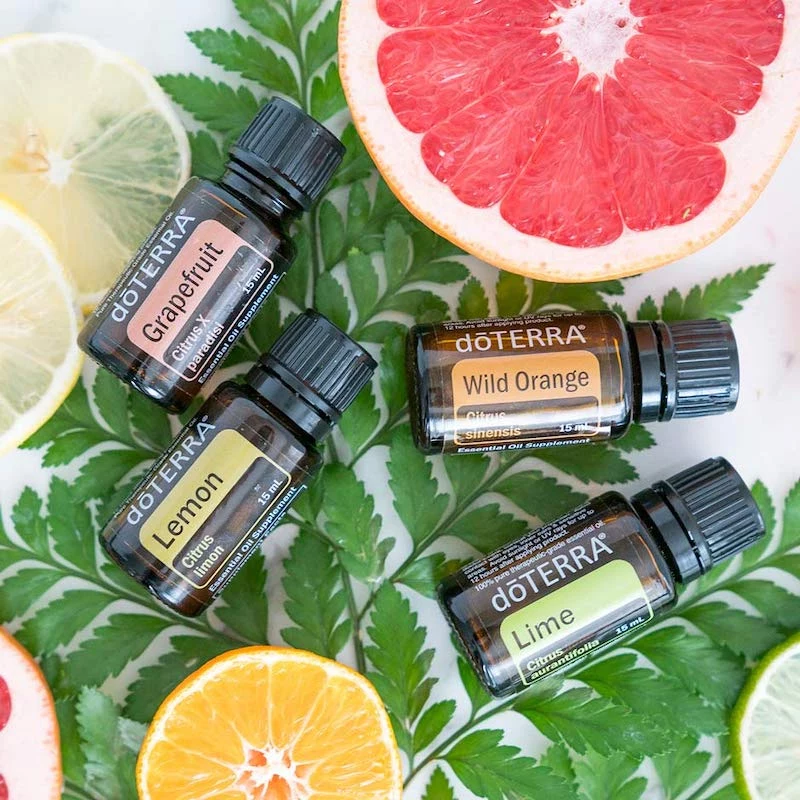
The Fixative Face-Off: Orris Root vs. Vetiver Root.
Orris Root Powder: Derived from the iris flower’s rhizome, it has a subtle, sweet, violet-like scent that complements floral and delicate blends perfectly. It’s a classic choice for rose or lavender-based potpourri.
Vetiver Root (chopped): This grassy root offers a deep, earthy, and slightly smoky aroma. It’s an excellent anchor for woody, spicy, or citrus scents, adding a complex base note that enriches blends from brands like doTERRA or Plant Therapy.
While both are superb fixatives, choose orris for light florals and vetiver for robust, earthy fragrances.
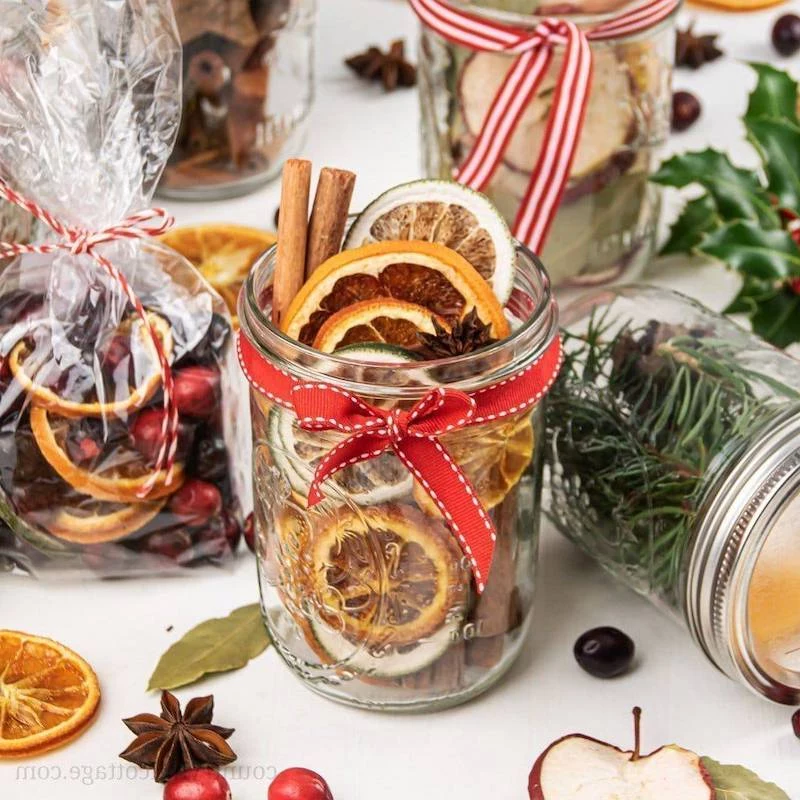
- A vibrant visual appeal that doesn’t look flat or messy.
- A complex fragrance that unfolds gradually.
- Better air circulation for a more consistent scent release.
The secret? The art of layering. When assembling your potpourri in its display bowl, don’t just dump it in. Start with a base of heavier, less decorative elements like wood chips or whole spices. Add your main botanicals like dried citrus slices and flower heads next. Finish by carefully placing the most delicate and beautiful items, like tiny rosebuds or star anise, on top as a final flourish.

Think beyond the bowl. Your custom potpourri blend is too special to be confined to the living room. Make small sachets using simple muslin or organza drawstring bags. Tucked into drawers, they’ll gently perfume your clothes. Hang one in a closet to ward off stuffiness, or even place one in your car for a natural, chemical-free air freshener that you crafted yourself.
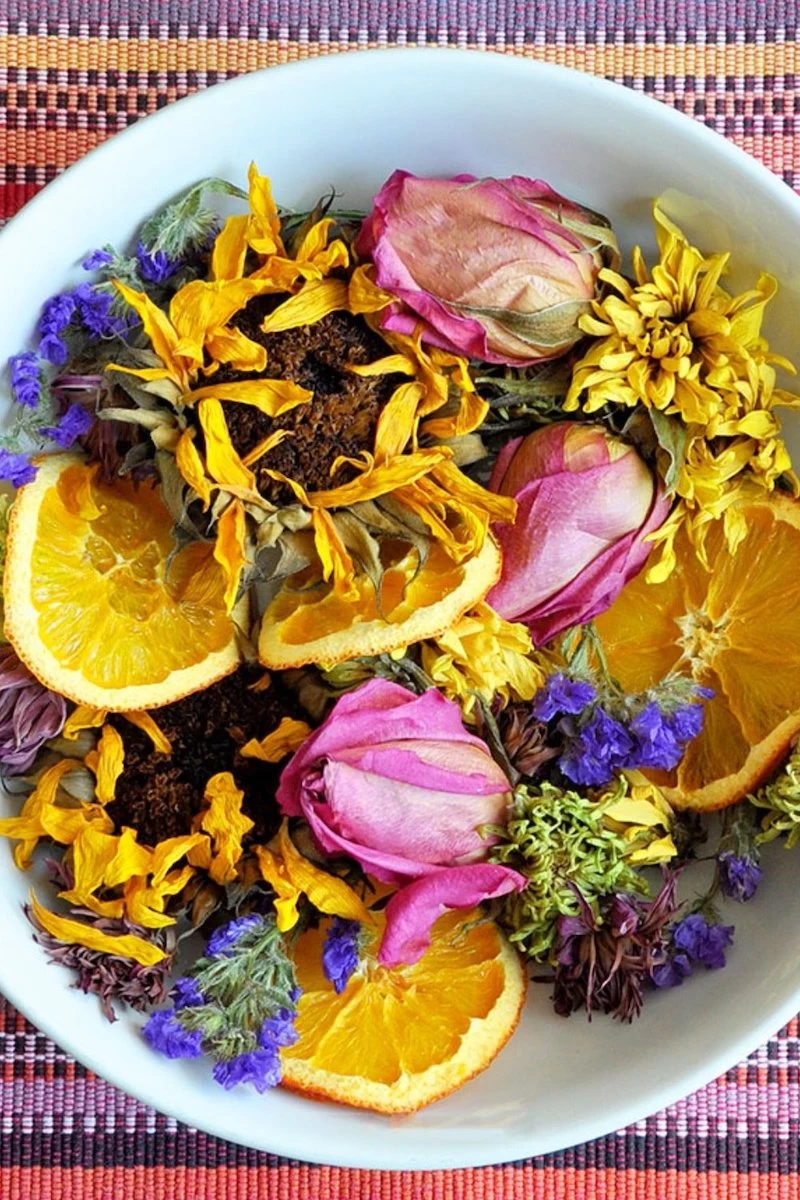
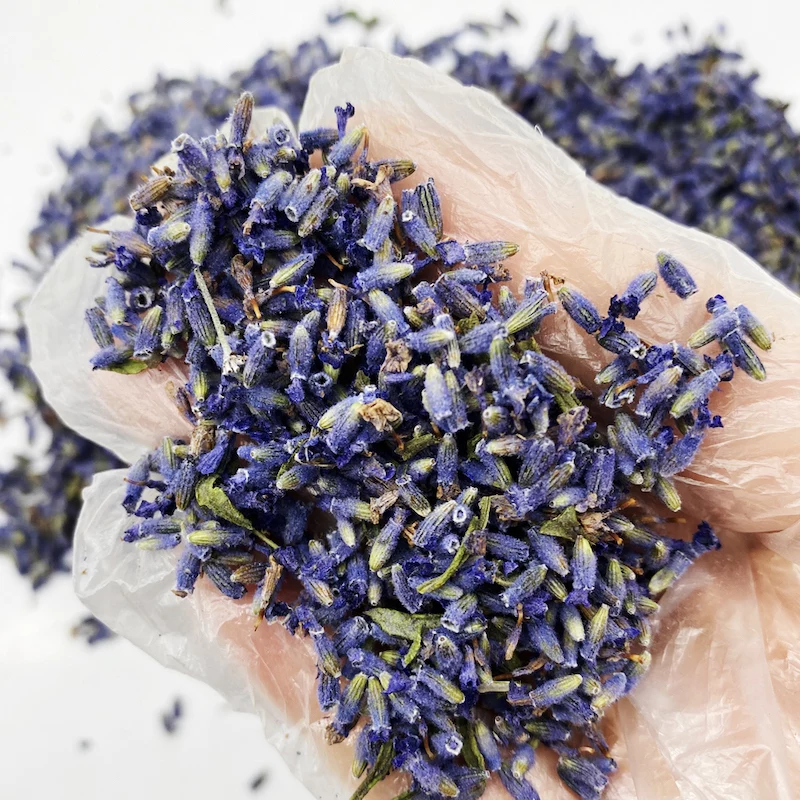
During the reign of Queen Elizabeth I, it was decreed that all public spaces be scented with potpourri to combat unpleasant odors.
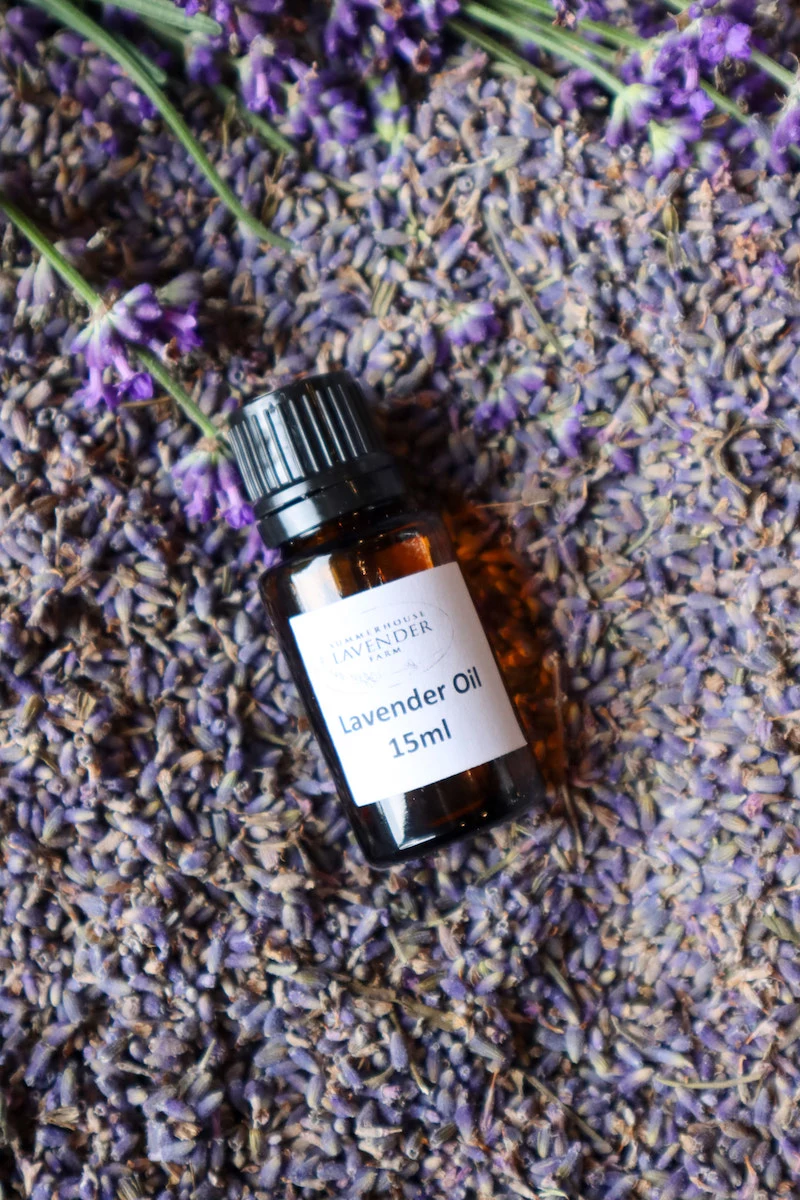
Creating a lasting scent doesn’t have to be expensive. Your kitchen pantry is a treasure trove of powerful, budget-friendly aromatics that have excellent staying power. They don’t just add scent; their rigid structures hold onto added essential oils wonderfully.
- Whole Spices: Cinnamon sticks, star anise, and whole cloves are classic, potent, and visually appealing.
- Dried Peels: The peels of oranges, lemons, and grapefruit, when thoroughly dried, retain their zesty oils for a long time.
- Hardy Herbs: Sprigs of dried rosemary or bay leaves add a green, herbaceous note that costs pennies.
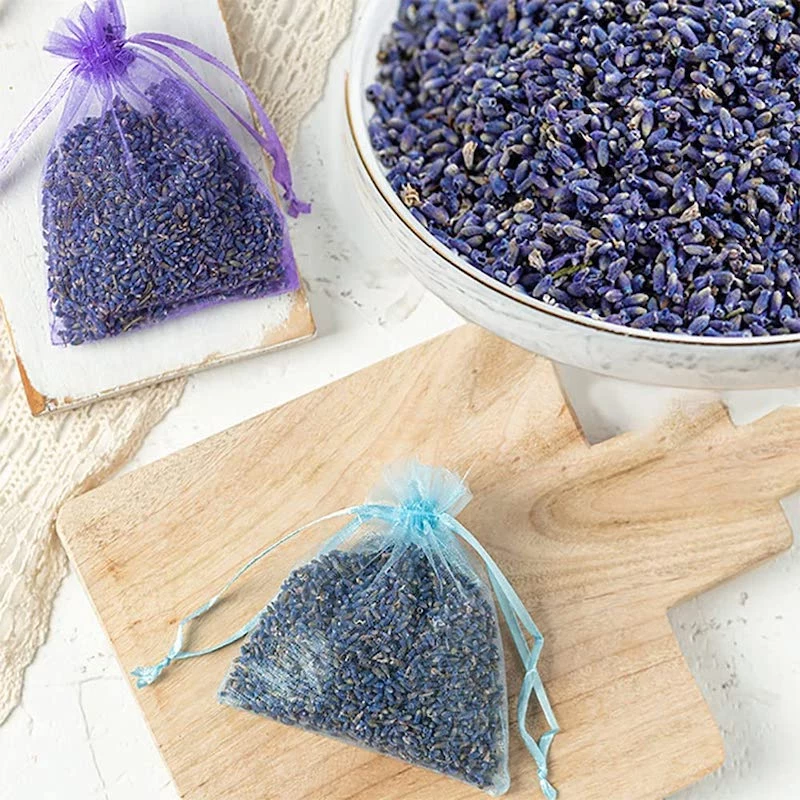
Capture the essence of a cozy winter evening by blending scents that evoke warmth and comfort. Combine dried orange slices with rugged cinnamon sticks, whole cloves, and a few pieces of star anise. For a touch of the outdoors, add some small pinecones or dried cedar sprigs. The secret ingredient? A few drops of vanilla absolute mixed with sweet orange essential oil to create a rich, enveloping aroma that feels like a warm hug.
The one mistake to avoid: Using the wrong container. Your choice of bowl is more than just decoration; it’s a functional part of your potpourri’s longevity. Avoid unsealed porous materials like terracotta or raw wood, as they will absorb your precious essential oils, causing the scent to dissipate much faster. Instead, opt for a non-porous vessel like glazed ceramic, glass, or sealed metal to ensure the fragrance stays in the botanicals, not the bowl.










